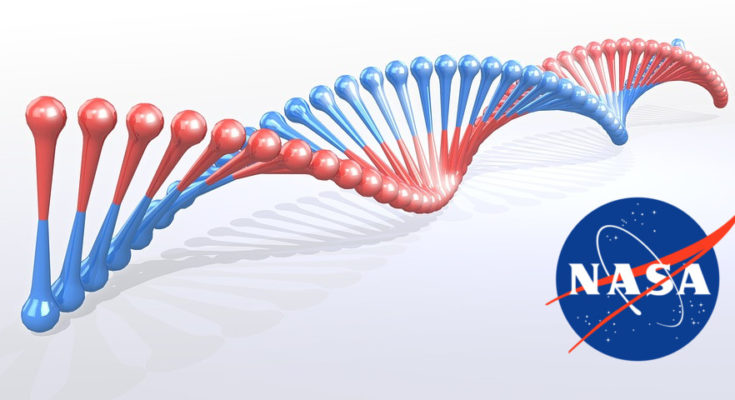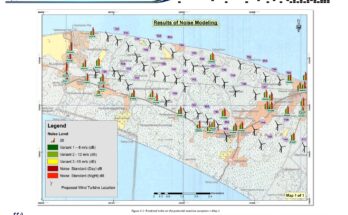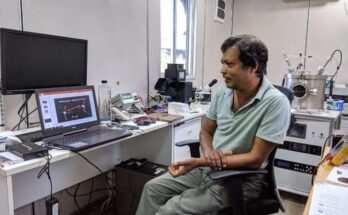DeoxyRibo Nucleic Acid or DNA is the molecular form of data storage system in living organisms here on earth. DNA available in the nucleus of our cells store all our genetic information and are also responsible in passing these information through generations.
DNA found inside our cells are made up of four different nucleotides and these four nucleotides act as letters that store all our genetic information. But in a recent breakthrough a research team led by Steven Benner at the Foundation for Applied Molecular Evolution in Alachua, Florida, have been able to create a new form of molecule that is similar to DNA but with eight types of nucleotides. So this new molecule contains four additional letters compared to our DNA molecules.
“Life detection is an increasingly important goal of NASA’s planetary science missions, and this new work will help us to develop effective instruments and experiments that will expand the scope of what we look for,” said Lori Glaze, acting director of NASA’s Planetary Science Division.

This illustration shows the structure of a new synthetic DNA molecule, dubbed hachimoji DNA, which uses the four informational ingredients of regular DNA (green, red, blue, yellow) in addition to four new ones (cyan, pink, purple, orange).
Credits: Indiana University School of Medicine
Benner’s team, which collaborated with laboratories at the University of Texas in Austin, Indiana University Medical School in Indianapolis, and DNA Software in Ann Arbor, Michigan, dubbed their creation “hachimoji” DNA (from the Japanese “hachi,” meaning “eight,” and “moji,” meaning “letter”). Hachimoji DNA meets all the structural requirements that allow our DNA to store, transmit and evolve information in living systems.
“By carefully analyzing the roles of shape, size and structure in hachimoji DNA, this work expands our understanding of the types of molecules that might store information in extraterrestrial life on alien worlds,” said Benner.
One of NASA’s goals is to search for life on other planets like Mars, where there was once flowing water and a thick atmosphere, or moons of the outer solar system like Europa and Enceladus, where vast water oceans churn under thick layers of ice. What if life on those worlds doesn’t use our DNA? How could we recognize it? This new DNA may be the key to answering these questions and many more.
“The discovery that DNA with eight nucleotide letters is suitable for storing and transmitting information is a breakthrough in our knowledge of the range of possibilities necessary for life,” said Andrew Serazin, president of Templeton World Charity Foundation in Nassau, The Bahamas, which also supported this work. “This makes a major contribution to the quest supported by Templeton World Charity Foundation to understand the fundamental role that information plays in both physics and biology.” he further added.
Source – NASA press release




